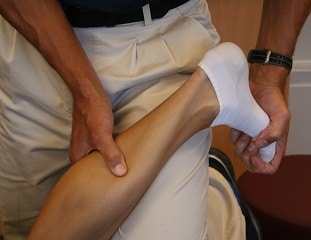Many of you have probably heard of the famous “Kegal” exercises. Well, “Kegals” do NOT treat all kinds of pelvic pain and urinary incontinence. If your pelvic floor muscles tend to be shortened, then kegals are not for you. However, if you pelvic floor muscles are long and weak, then progressive pelvic floor strengthening and control may be the right solution. Now, you are probably wondering, “Well, how do I know if my pelvic floor muscles are short and tight or weak and long?
The answer to your question is pelvic floor physiotherapy. Physiotherapists that have been trained in pelvic floor rehabilitation, will need to perform a thorough assessment which would help to determine what the right treatment plan is for you. Your physiotherapist will ask you questions regarding how and when the problem started and get the details about what exactly you are experiencing. Then, the next part of the assessment may involve a visual and manual vaginal and/or rectal examination in order to determine the source of the problem. In addition to your pelvic floor assessment, your abdominal muscles, your low back and your hips may be assessed to see if there are any other factors affecting your pelvic function.
Patient education should focus on reassurance and the actual anatomy of the pelvis. Treatment may take the form of exercise training: keeping a bladder diary; learning to use the proper muscles in the most proper way, behavior modifications, manual therapy to recover tissue mobility, and even changes in your diet. The exercises will be specific to the problems that were found in your assessment: they could focus on strength, control and timing, and endurance, or even yoga and relaxation of an over active muscle.




